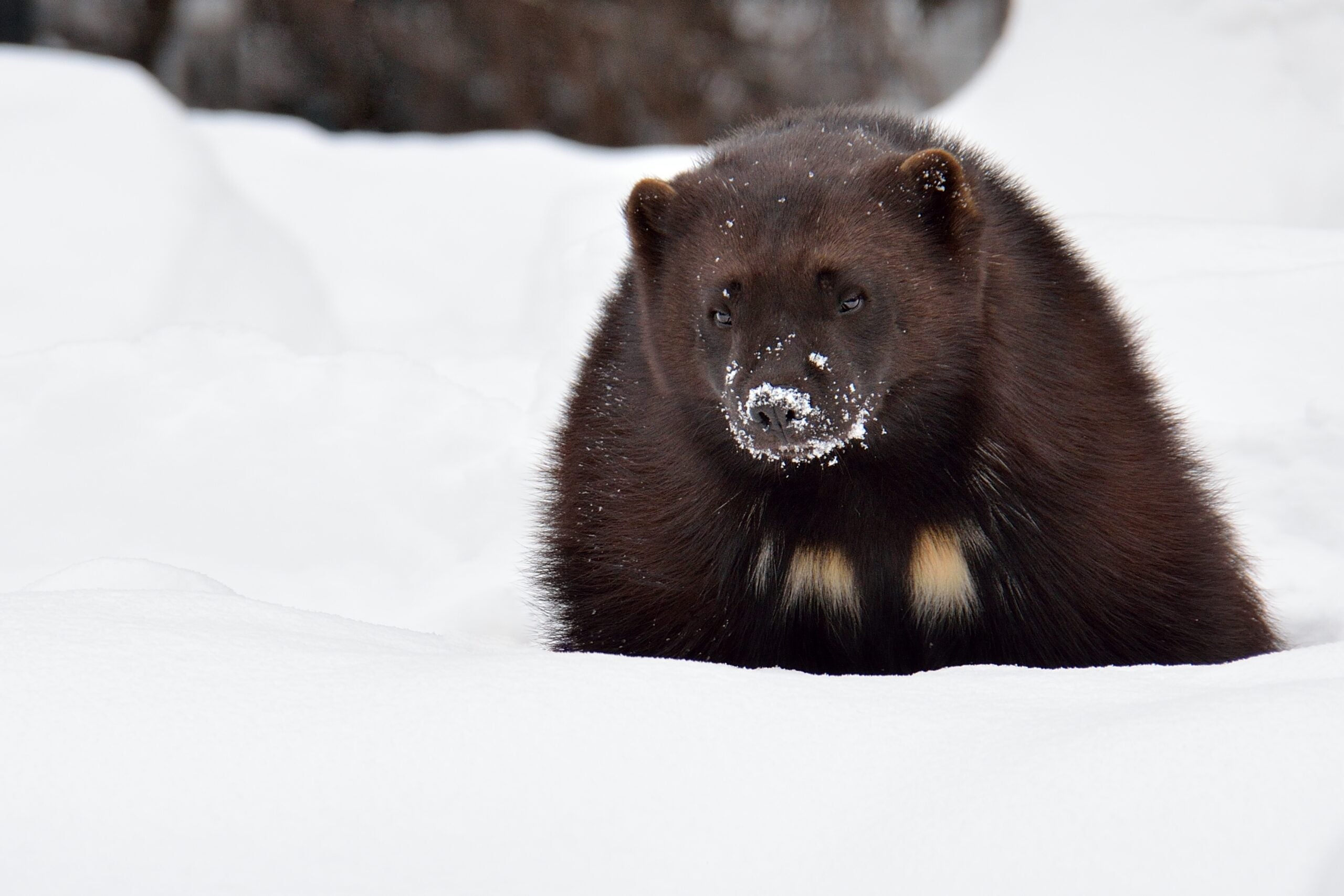Letter To The Editor: Wolverines in Wyoming
Earthjustice attorney Ted Zukoski responds to a New York Times article about the effects of recreation on wolverines in Wyoming.

This page was published 10 years ago. Find the latest on Earthjustice’s work.
Earthjustice attorney Ted Zukoski responds to a New York Times article about the effects of recreation on wolverines in Wyoming. The Letter to the Editor was first published in the NYT Sunday Review on February 21.
To the Editor:
“Leaving Only Footsteps? Think Again,” by Christopher Solomon (Sunday Review, Feb. 15), is a reminder that we humans affect the natural world even when we think that we don’t. But two caveats.
First, even if a hiker or a skier frightens wildlife more than a passing snow machine, the machine probably still has more effect. Why? Because motor vehicles travel many times farther on an average trip, and thus affect much more habitat compared with those traveling under their own power.
Second, conservationists have rightly focused on the damage caused by mines and logging in the backcountry not only because such projects directly destroy habitat, but also because they inevitably require new roads. For example, a recently proposed coal mine expansion on national forest in Colorado would require six miles of new road in roadless habitat that is home to black bear, elk and lynx. Such roads not only slice and dice habitat, but they also extend human effects, including recreational travel of all kinds, while also creating vectors for invasive species and more frequent wildfires.
TED ZUKOSKI
Boulder, Colo.
Earthjustice’s Rocky Mountain office protects the region’s iconic public lands, wildlife species, and precious water resources; defends Tribes and disparately impacted communities fighting to live in a healthy environment; and works to accelerate the region’s transition to 100% clean energy.